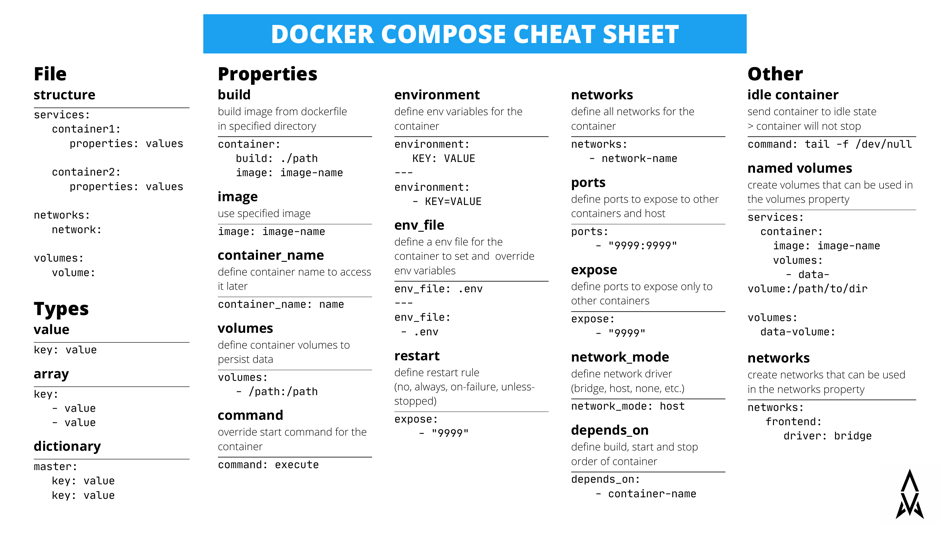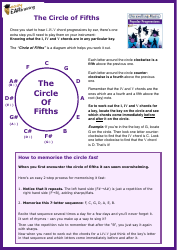Docker Compose Cheat Sheet
The Docker Compose Cheat Sheet is a reference guide that provides a quick overview of the basic commands and syntax used in Docker Compose. It helps users easily create and manage multi-container Docker applications.
FAQ
Q: What is Docker Compose?
A: Docker Compose is a tool that allows you to define and run multi-container Docker applications.
Q: Why should I use Docker Compose?
A: Docker Compose makes it easy to manage multiple containers as a single application, simplifying the deployment and management process.
Q: How do I install Docker Compose?
A: You can install Docker Compose by following the official installation instructions for your operating system.
Q: How do I define a Docker Compose file?
A: A Docker Compose file is a YAML file where you define the services, networks, and volumes for your application.
Q: How do I run a Docker Compose file?
A: You can run a Docker Compose file using the docker-compose up command.
Q: How do I scale services in Docker Compose?
A: You can scale services in Docker Compose using the docker-compose up --scale command, specifying the number of instances you want for each service.
Q: How do I stop and remove containers created by Docker Compose?
A: You can stop and remove containers created by Docker Compose using the docker-compose down command.
Q: Can I use environment variables in Docker Compose?
A: Yes, you can use environment variables in Docker Compose by specifying them in the .env file or using the env_file option in your Docker Compose file.
Q: How do I update a Docker image used in Docker Compose?
A: To update a Docker image used in Docker Compose, you can use the docker-compose pull command to pull the latest version of the image, and then use docker-compose up to recreate the containers.
Q: Are there any alternatives to Docker Compose?
A: Yes, there are alternative tools like Kubernetes, Docker Swarm, and Rancher that can be used to manage containers and containerized applications.





















